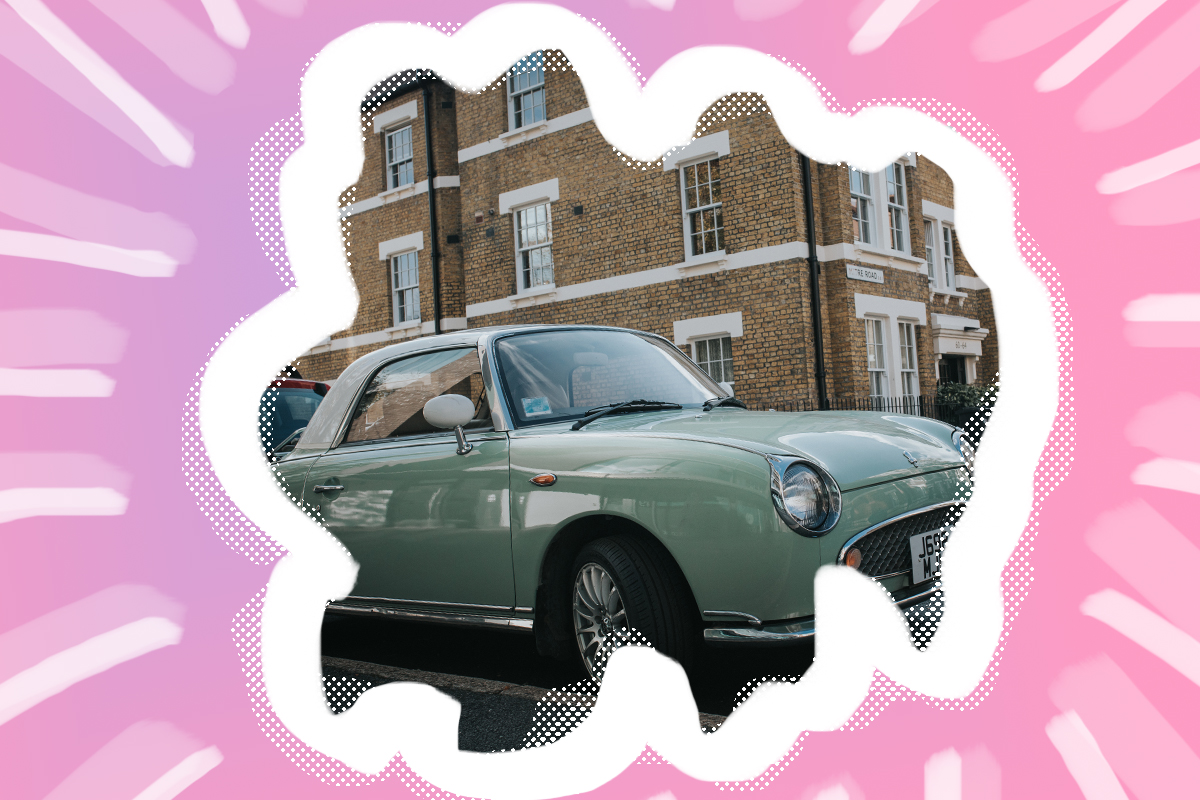In 2015, shortly after I got married, my husband and I moved from New York to London, where his law firm had an outpost. I was thrilled: Moving to Europe was the culmination of a lifetime of daydreams about becoming an expat. In the time-worn tradition of the small-town American gal, I assumed that living in another country — France, Italy, Germany, the ideal location changed every year, and was beside the point — would imbue me with a sophistication and exoticism I could never have achieved on my own.
From my cramped apartment in Brooklyn, I scrolled through the photos of the flat we’d secured, with its sky-high ceilings and seemingly interminable walls of built-in bookcases, in a building situated right at the edge of a Notting Hill-style private square, and imagined the full, beautiful life that I would effortlessly fall into upon touching down at Heathrow.
But as Nabokov once wrote, “A change of environment is the traditional fallacy upon which doomed loves, and lungs, rely.” Honestly, my dream was basically dead on arrival: When I showed up to move us into our gorgeous new flat, I discovered that our landlords had left behind almost all their worldly possessions, including moth-eaten sweaters, reams of old medical records, and a pair of furry handcuffs, among other things. And, London real estate law being what it was, we couldn’t toss this rubbish on the street like we would have in New York. From then, things only got worse. I had assumed endless free time to write would be motivating, and the freedom to roam the city would turn me into a jolly flaneuse, but with every passing day, I just felt lonelier, less productive, and more aimless.
About a year into my stay, in a desperate attempt to boost my mood, I decided to focus on what some therapists call a “small happy”: little joys like a particularly delicious cup of coffee, or a brisk walk in the park. I was totally unaccustomed to taking pleasure in things simply because they were nice — my writer-self was always standing vigilantly by, wondering how to turn a perfectly lovely afternoon into an essay — but after a period of strolling through museums, swimming in Kenwood Pond, and taking day trips to Bath or the White Cliffs of Dover, nary a news peg in site, the cloud that had hovered around me began to lift just enough that I could see the sunlight peeking through.
It was around this time that I became a dedicated spotter of the Figaros I often saw parked in my neighborhood. More anime than automobile, more confection than convertible, the Figaro is a tiny, cartoonish car manufactured by Nissan only in the year 1991. The Figaro is, without a doubt, the most lovable automobile ever made. Figaros come in one of four pastel colors meant to represent the seasons: “Topaz Mist” for autumn, “Lapis Grey” for winter, “Emerald Green” for spring, and “Pale Aqua” for summer (though I always found them more reminiscent of Jordan almonds than environmental rhythms).
Even though they only come in four colors, people have repainted them red, customized their interiors, added luggage racks on top (wicker baskets go well). Though there are fewer than 21,000 in the world (all made with right-side steering), they aren’t particularly expensive, lest you think I’m pining for a Bugatti La Voiture Noire. However, they are rare in the United States, where only one dealership in semi-rural western Virginia specializes in them. They’re wildly popular in England, though, which explains why I had never seen one before relocating.
In the United Kingdom, their owners tend to be slightly eccentric devotees who participate in “Figaro rallies” in which they drive en masse around the coast of Devon, or post to dedicated Facebook pages about the latest adventures of the twee vehicles they’ve dubbed Fifi or Mabel. (Their beloved cars are often pictured against a bucolic British backdrop, with captions like, “A sunny day’s ride in Shropshire.”) The idea of a community centered around something so sweet and uncomplicated was part of the draw, but even without the promise of ownership, just catching a glimpse of a Figaro zipping around the square was enough to brighten my spirits. Eventually, the ones regularly parked in my neighborhood became like familiar little friends I could shamelessly anthropomorphize: “There goes the Pale Aqua with the Union Jack bumper sticker!”
I no longer live in London, so unfortunately I can’t play find-the-Figgy anymore, but now, when I’m bummed out, I’ll pull up a picture of one (how can you not want to squeeze this face?!) in some over-simplified version of Dialectical Behavioral Therapy’s Safe Place Imagery. I’ll think about throwing caution to the wind and flying down to Virginia to collect my own Figaro before driving her home up some particularly scenic, woodsy highway, windows rolled all the way down. It’s pure fantasy, of course: With two toddlers at home, we’re currently hitting up every New York car dealership in search of a practical minivan, but as our sages said, everything has its place.
So maybe, someday, when my children no longer require car seats and I’m deep in a mid-life crisis, I’ll snatch up a little Emerald Green Figaro I have my eye on and smile as I gaze out the window at her, where she sits in my driveway. I think I’ll call her Mitzy.
How I Keep Calm is our series featuring different ways people manage anxiety. If you have a pitch for this column, please e-mail submissions@heyalma.com with “How I Keep Calm” in the subject line.




